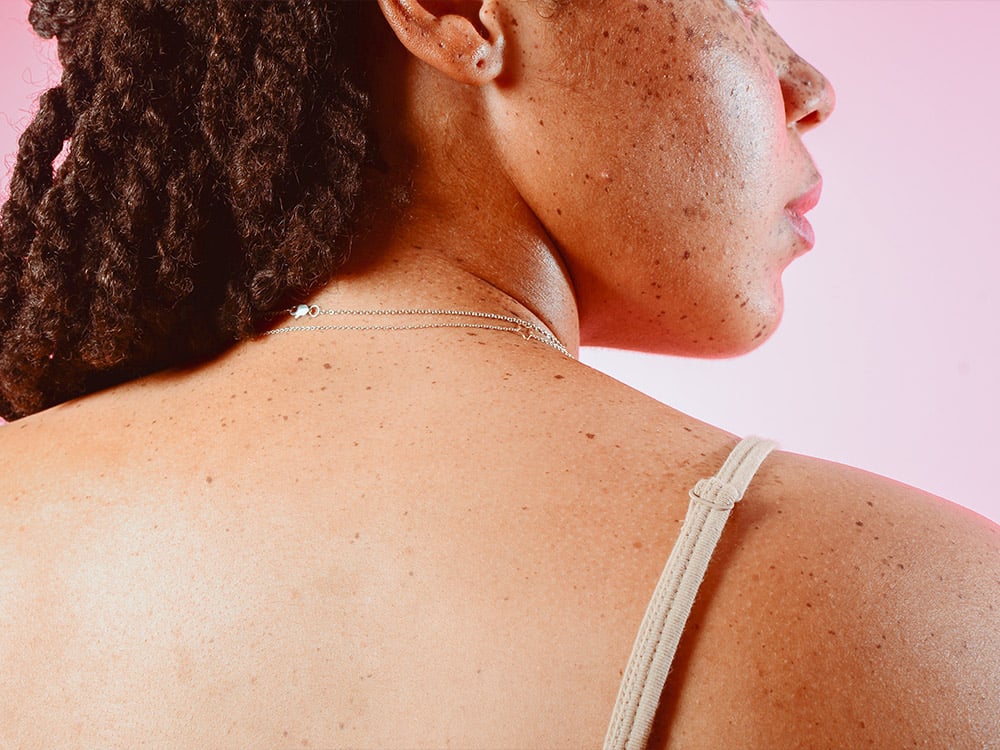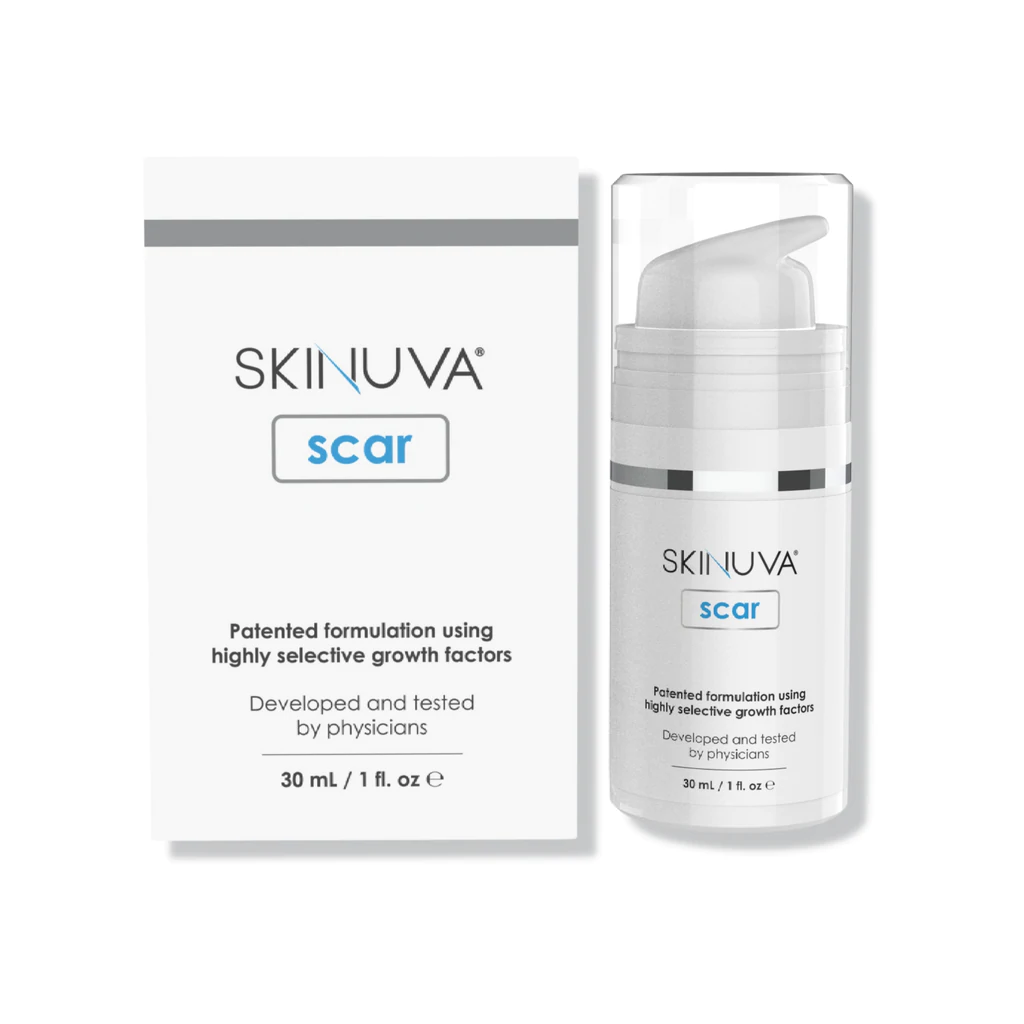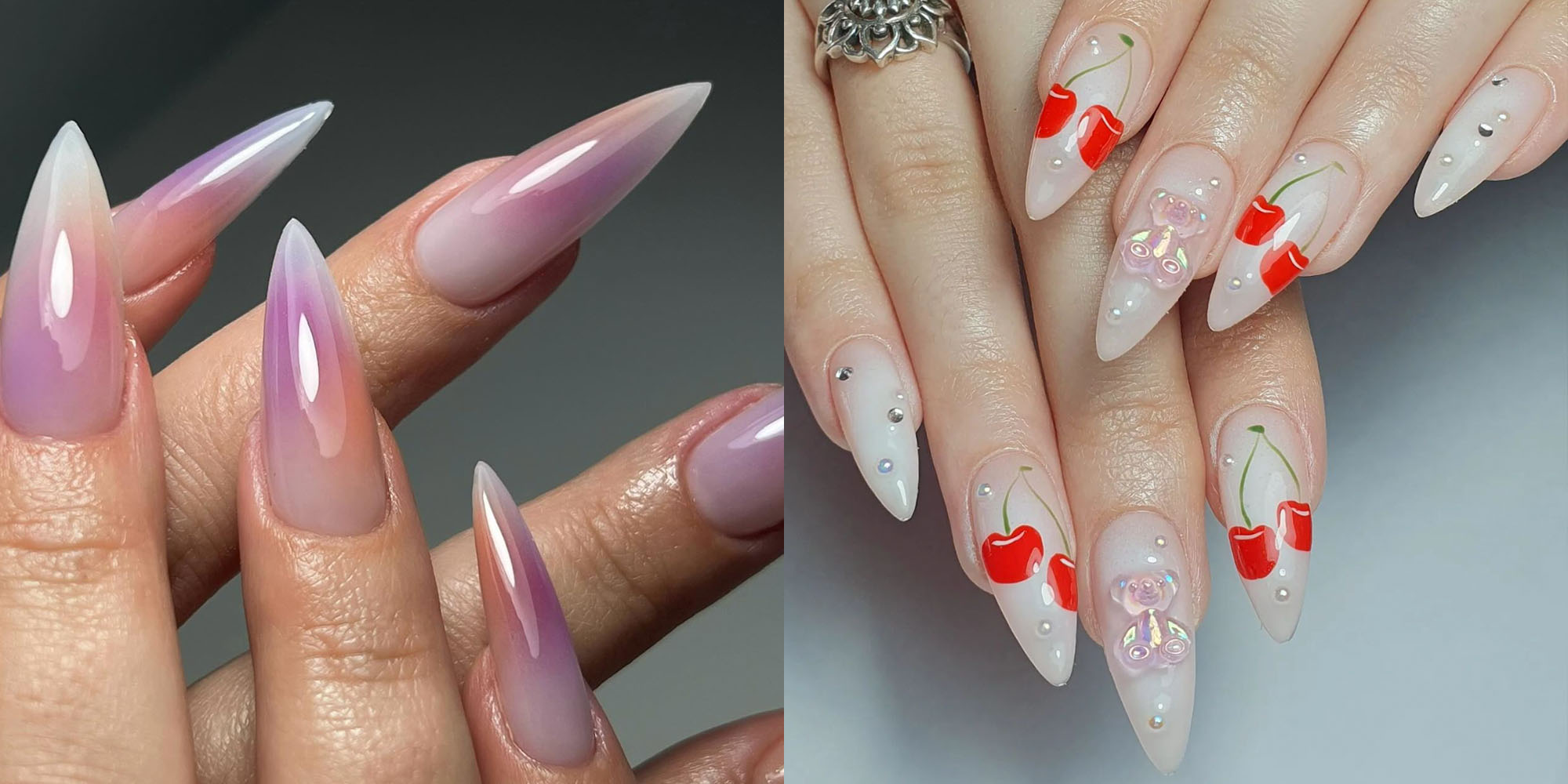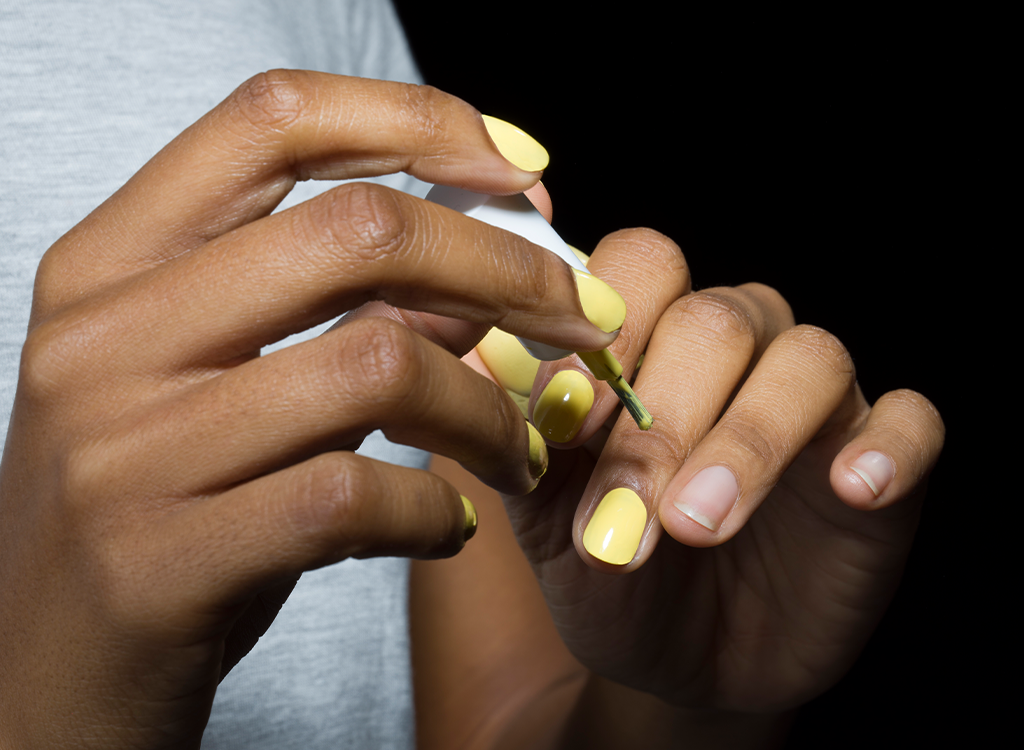
Expert approved methods to treat acne scars on the back
Despite so much information available about acne, there are still many questions about the most common skin condition in America, specifically, how is acne on our body different from acne on our faces? Also, why do people get pimples, or “bacne,” how can you reduce it, and how do you treat an area you can’t even reach? Here, skin-care experts explain how to deal with it and the scars it leaves behind.
What is it
“Bacne” is a condition that usually accompanies normal acne, explains Omaha, NE dermatologist Joel Schlesinger, MD. Genetics and diet can factor into this, but “pimple” is usually the result of dead skin cells and oil accumulating in the pores, along with an overgrowth of normal skin bacteria. “However, there are many conditions where it can occur without acne,” he adds. “In my patients, I often find that milk and milk products, such as cheese or yogurt, can cause acne because of the hormones in the milk. I tell my patients to switch to almond or oat milk because they have no hormones and all the ‘good stuff’ that can help build and maintain bone health.”
“Nourishing yourself through whole food sources, choosing organic fruits, vegetables and protein sources free of hormones and antibiotics, as well as limiting or avoiding processed foods and refined sugars can be very helpful for ‘bacon.’ ,” adds New York dermatologist Libby Rhee. , MD “Drinking plenty of water and avoiding alcohol, flavored soda (even diet), and juice from concentrate are also nutritional options that can be helpful when combating acne.”
How to treat it
The best way to prevent “bakne” scars from forming is to clean the skin frequently to prevent and treat active acne and reduce inflammation, says Beverly Hills, CA oculoplastic surgeon Christopher Zumalan, MD. “Body cleansers with ingredients like salicylic acid can help unclog pores and reduce inflammation. It’s important to moisturize the skin after cleansing with an oil-free body lotion that will balance the skin but unclog pores. won’t.”
Our experts also recommend using a loofah or exfoliating glove with a gentle exfoliating cleanser in the shower. “Be sure not to rub the skin too aggressively, which can compromise the skin’s moisture barrier and lead to irritation and possibly more acne down the road,” Dr. Re said.
New York dermatologist Jodi A. “Showering after a workout, wearing sweat-wicking clothing, keeping your hair tied back, and regularly exfoliating with alpha- or beta-hydroxy acids can help prevent back acne,” adds Levin, MD. is,” New York dermatologist Jodi A. Levine, MD. “Washing your back with a benzoyl peroxide cleanser daily is also effective.”
“One of our favorites to add to the regiment Cetaphil gentle skin cleansing cloth ($5) to keep in your gym bag and after a workout or sweat,” says Fort Lauderdale, FL dermatologist Dr. Recommends Matthew Elias. “Use wipes to clean your body and your back, especially if you don’t have access to a shower after exercising.”
Do this, not that
Experts say it’s important not to pick or try to pop any pimples on your back, as this will damage the skin and increase the chance of scarring. “Salicylic acid, retinoids, alpha hydroxy acids (AHAs), and lactic acid can help reduce the appearance of acne scars and improve skin texture,” Dr. Includes Zoumalan.
Opt for an exfoliating body cream as they are able to target scarring and textural concerns while also moisturizing. “Some are like that ISDIN’s Uradin Lotion 10 ($39) and CeraVe SA Lotion for rough and rough skin ($19) with salicylic acid,” says Dr. Rhee. “Because the skin on your back doesn’t produce as much oil as the skin on your face, I recommend applying a topical retinoid a few times a week at night. Mixes with your body moisturizer for better spreadability. I love RoDerm’s CustomRx tretinoin-based creams because they are very effective and feel good. Take a pea-sized amount of your topical retinoid, up to a dime-sized one depending on the surface area, mix it into your body lotion and then apply to your back before bed. You can extend up to one night application as tolerated.”
Dealing with scars

Scars require loving care, but most importantly prevention, says New York dermatologist Orit Markowitz, MD. “The best treatment is to manage future scarring but once this is done there are many topical scar creams. Keeping wounds moist and covered with sunscreen is important for healing.
Thicker, more raised hypertrophic scars are the most common type of “bakne” scar. “If they become pitted or thickened over time or have a purple or red color, specially formulated scar creams, such as Skinuva Scar Cream ($75), may be useful in improving the appearance of scars,” Dr. Zoomlan explains. “Applying it carefully to acne scars twice a day can help even out and reduce the hyperpigmentation associated with acne scars. It is specially formulated to tolerate all skin types and skin tones with its unique clinically studied and published formula, including synthetic growth factors, hyaluronic acid, Contains Vitamin C, Centella Asiatica and Aloe Vera.”
Serious solutions
Dr. According to Schlesinger, you’ll have better luck making sure you don’t get a scar in the first place than with the current treatment, but if nothing else works there are in-office solutions that can help. “We often inject a mild steroid into these areas,” he says. “Many acne scars are still ‘active’ and acne treatments can resolve the ‘scars’.”
“Chemical peels and lasers can prevent or treat acne and reduce the pigmentation and discoloration caused by acne, as well as improve skin tone and texture,” Dr. Levine added. “Microdermabrasion can minimize pores and small comedones. Extraction or acne surgery is also a good treatment.
New laser options
Dr. Steroids and lasers will also help improve the appearance of acne scars, according to Markowitz. “I love the Prima Laser for managing active acne,” she says. “If it’s cystic, we have the new Aviclear acne laser and we’ll use it with a prescription topical or oral to help clear up the ‘bacon.'”
“If you experience repeated cases, it’s important to speak with your dermatologist to address the potential cause of your ‘bacon’ and identify the best active treatment for you to prevent future breakouts. Is,” Dr. Zoumlan added.
Find a doctor
Discover new beauty “Top Beauty Doctors” near you

